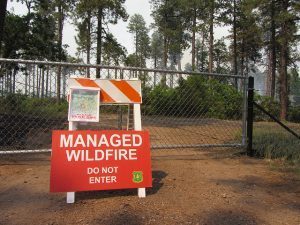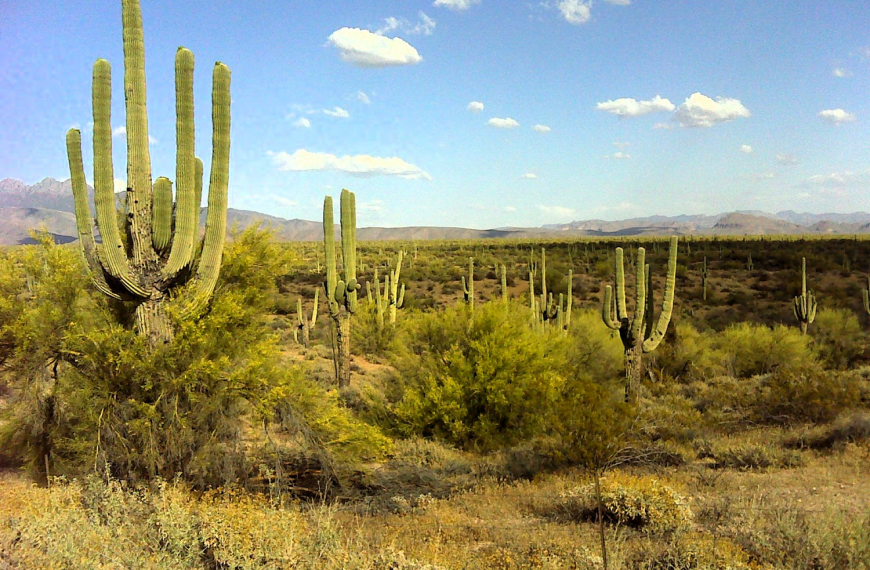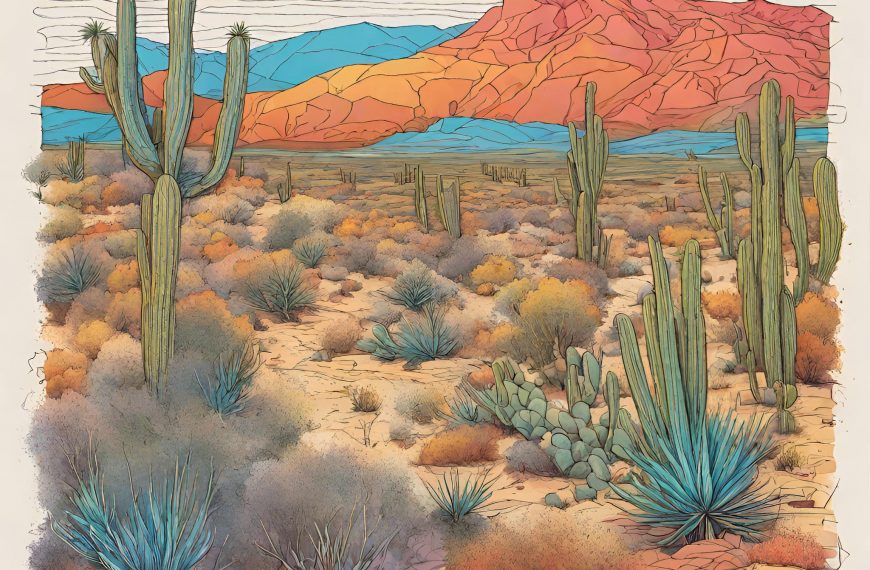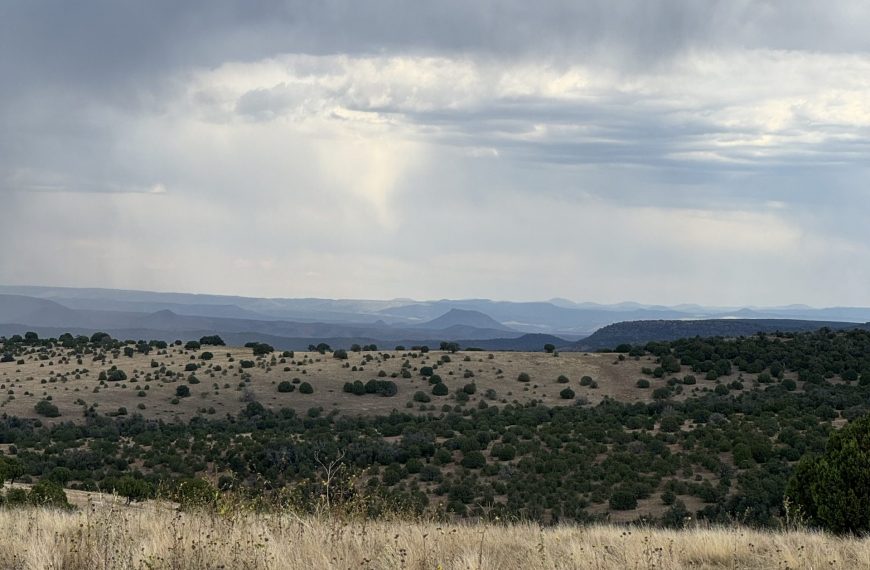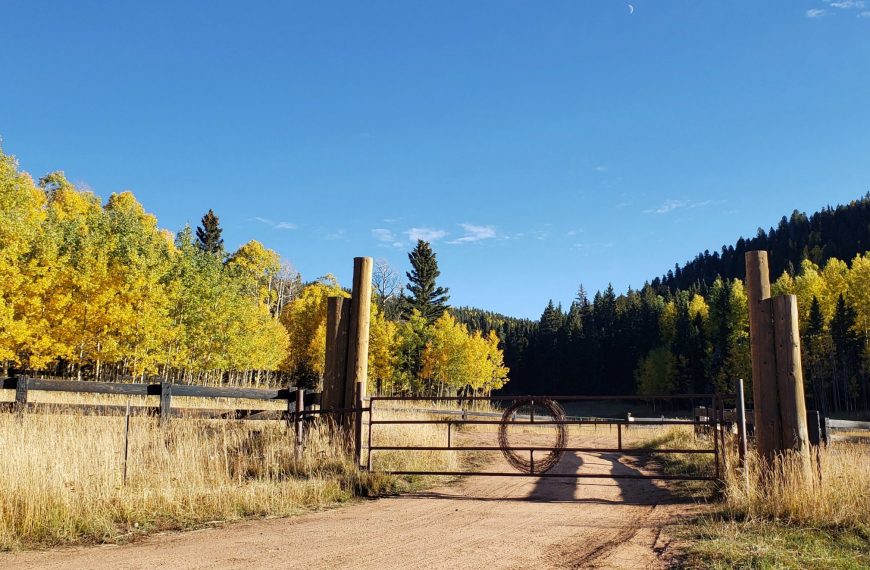Efficacy of resource objective wildfires for restoring ponderosa pine ecosystems in northern Arizona
Date: April 12, 2017 11am AZ/12pm MDT
Presenter: David Huffman, Ecological Restoration Institute, Northern Arizona University
Historical interruption of frequent surface fire regimes and decades of fire exclusion have resulted in degraded ecological conditions in ponderosa pine (Pinus ponderosa) forests of the American Southwest. Presently, there is much interest in managing natural fire ignitions to achieve restoration objectives across forest landscapes; however, little information is available concerning efficacy of such resource objective wildfires. We randomly selected 10 large resource objective wildfires on the Coconino and Kaibab National Forests, and evaluated their efficacy for meeting restoration targets by comparing 12 attributes of structure, function, and fuels with target value ranges gleaned from published literature. Results indicated that areas of moderate burn severity met more restoration objectives (67%) than those of unburned/low (25%), low (50%), and high severity (17%). Restoration objectives for tree density and canopy cover were only met in areas of moderate burn severity. However, moderate burn severity areas comprised just 12% of fire landscapes on average. Restoration objectives for tree diameter distribution, large snag density, tree patch density, and maximum tree patch size were not met within any of the four discrete burn severity classes. Implications of these findings with respect to future management of wildfires will be discussed. Click here to register for this webinar!

